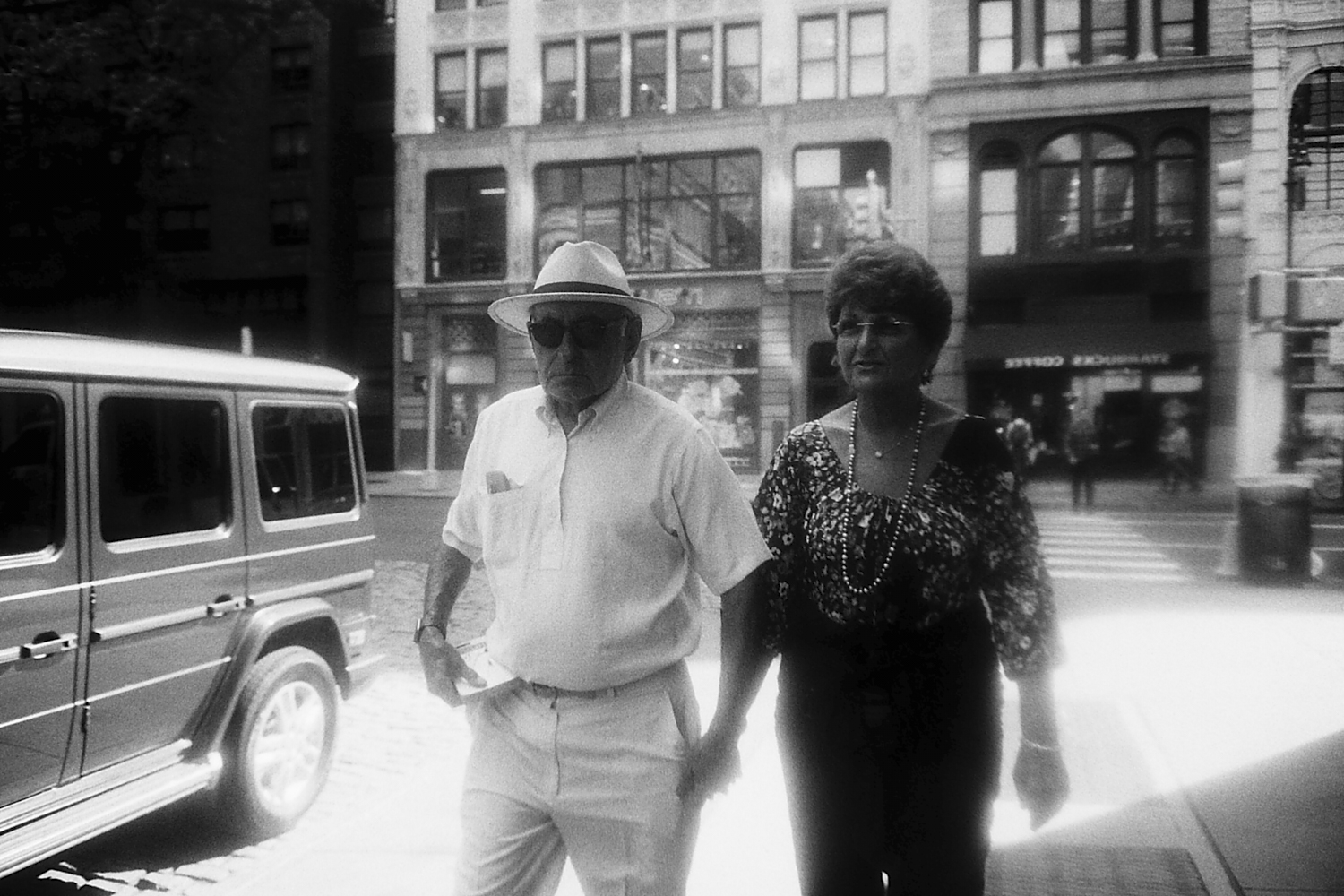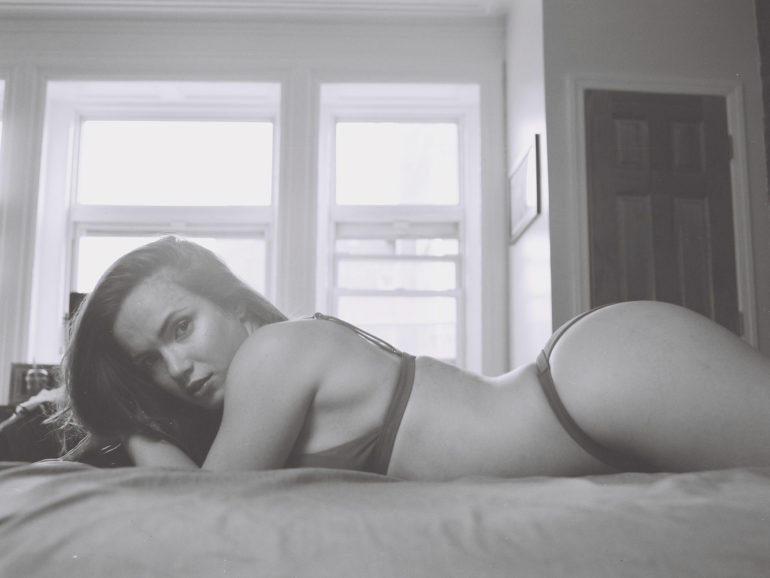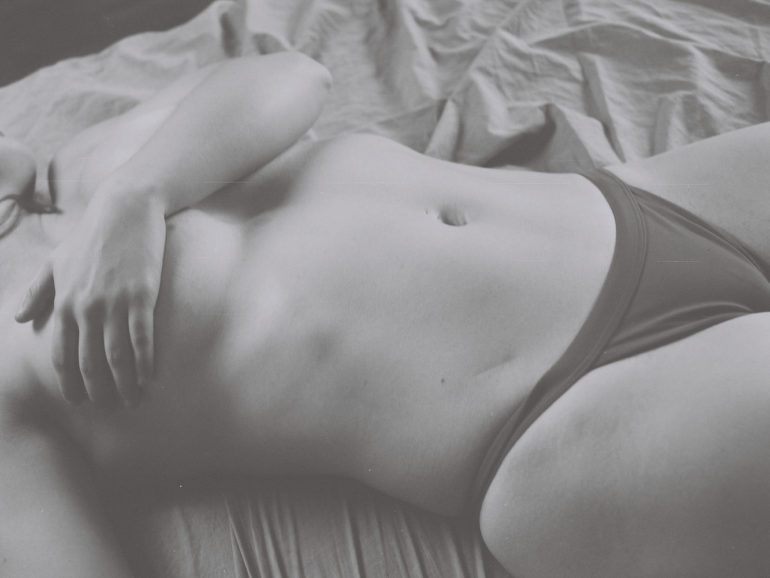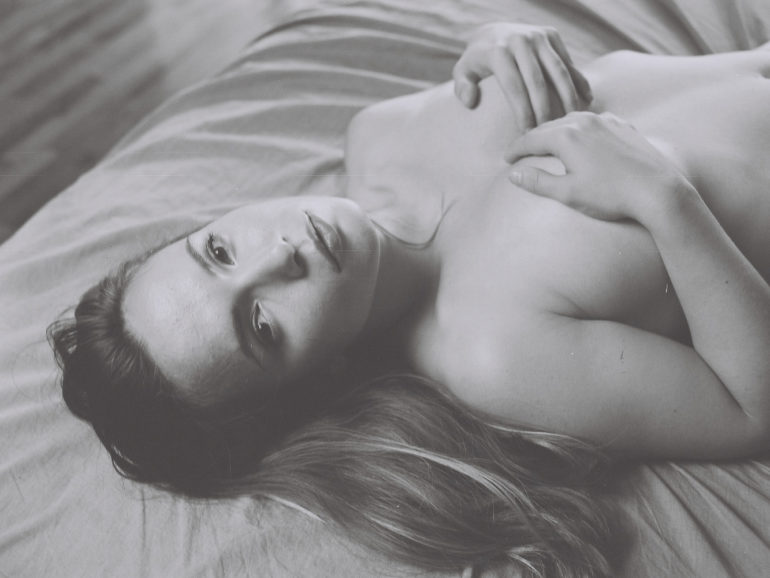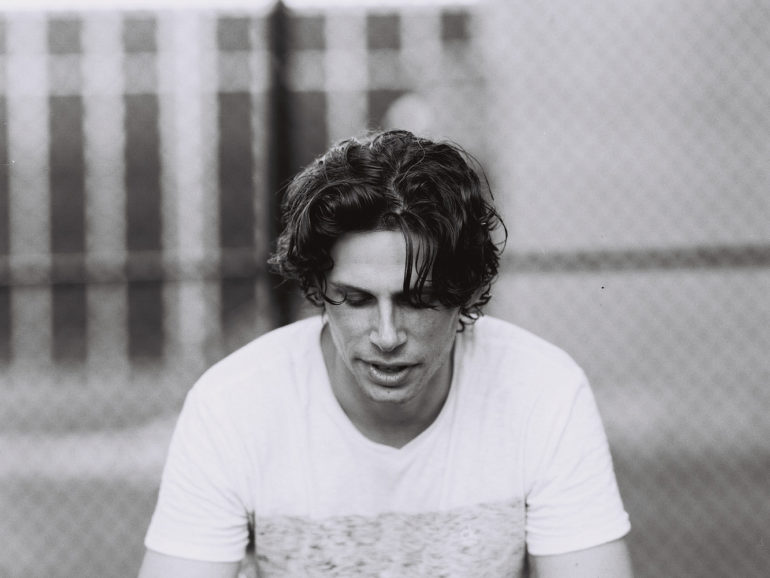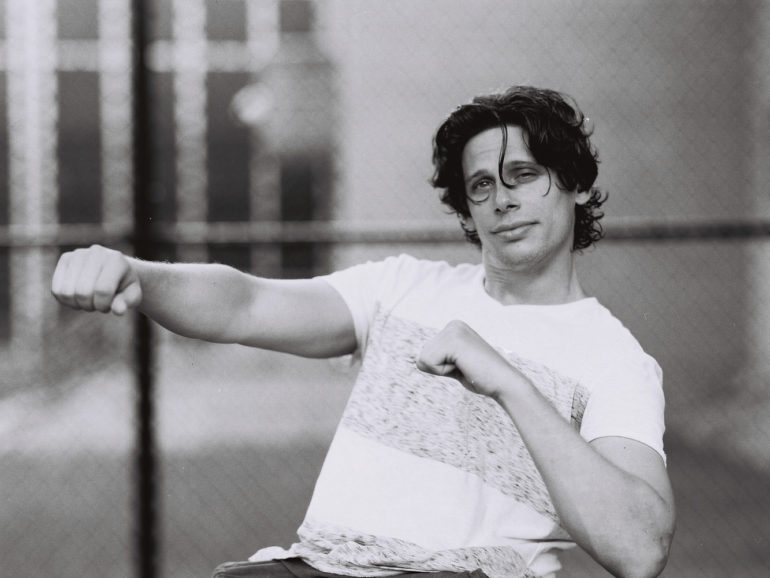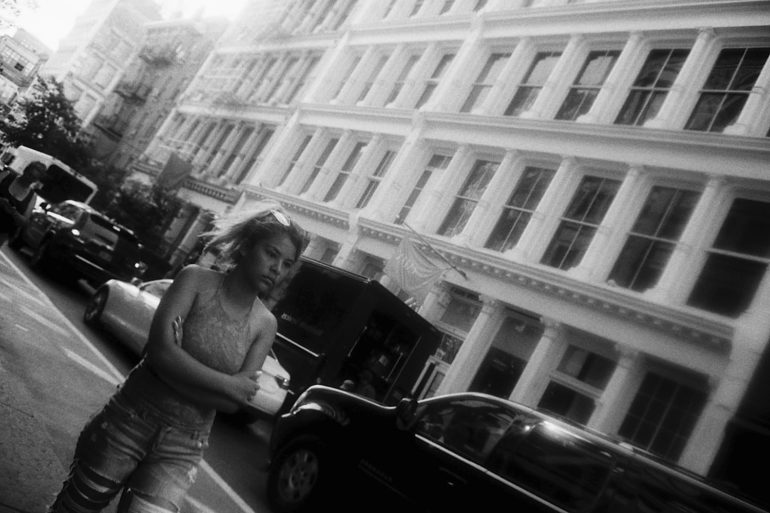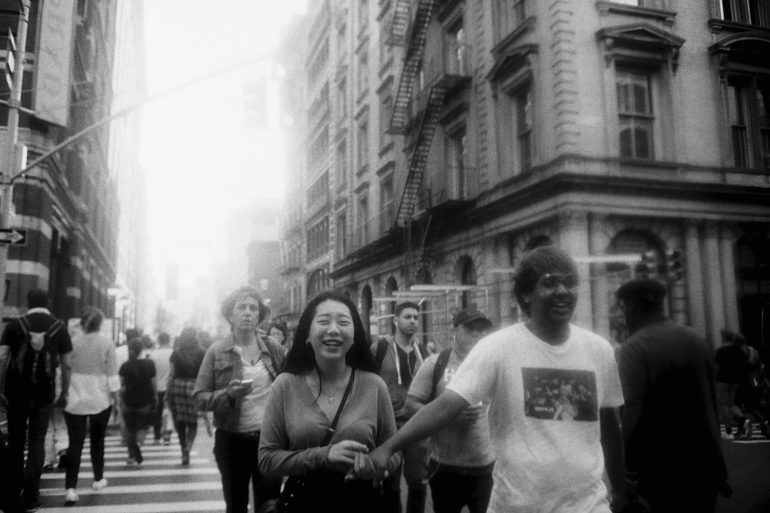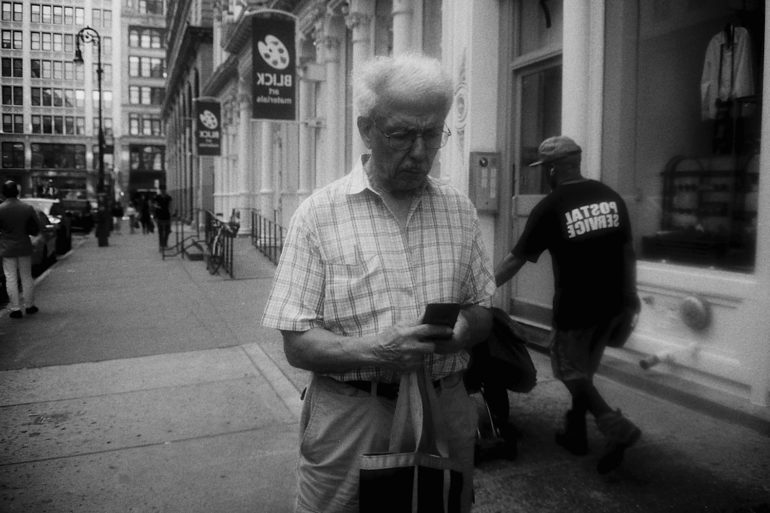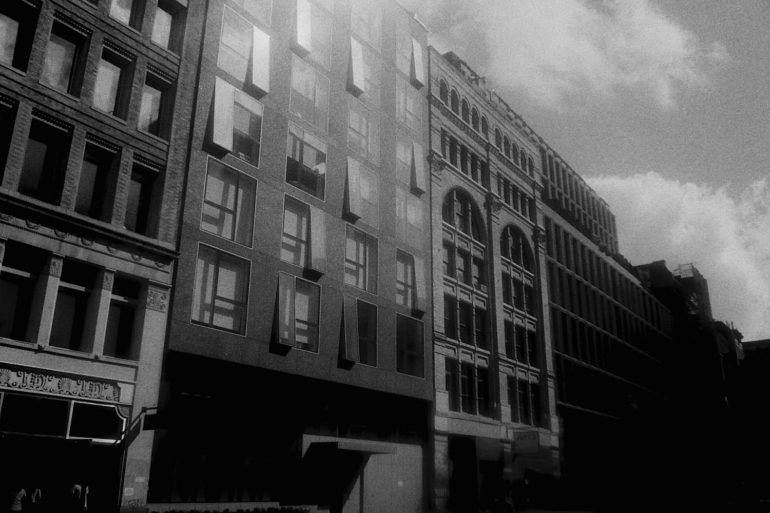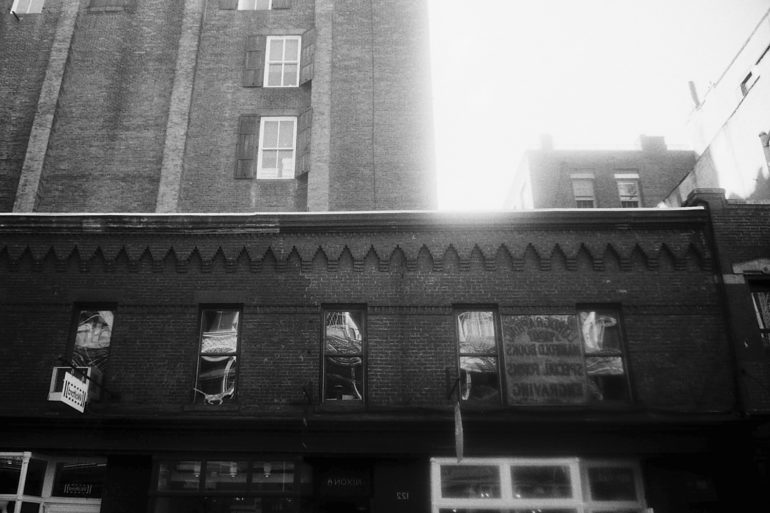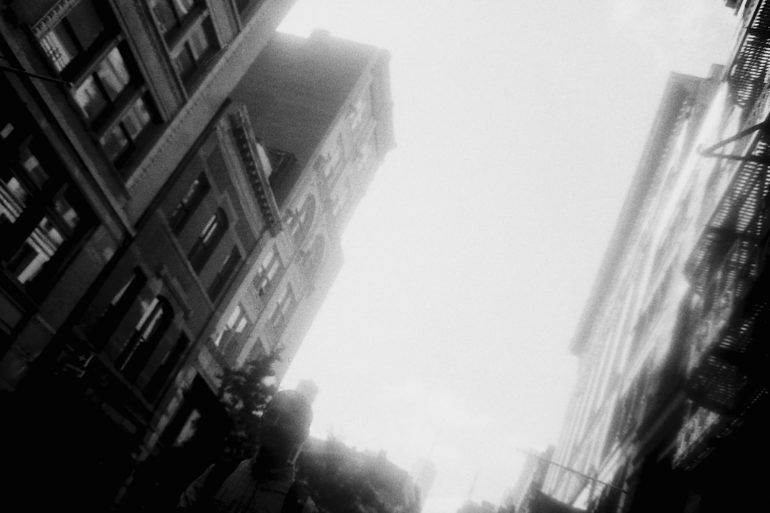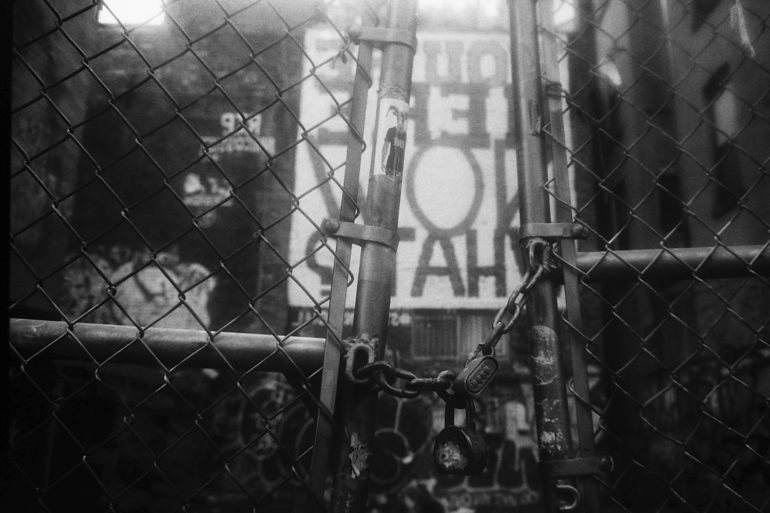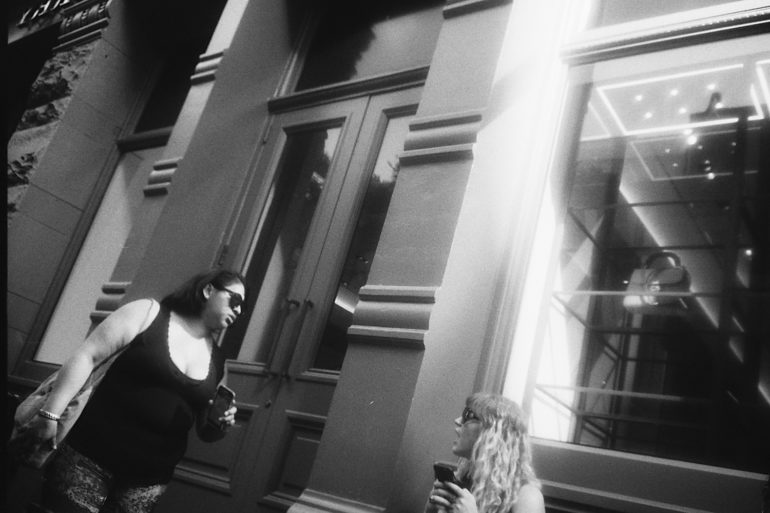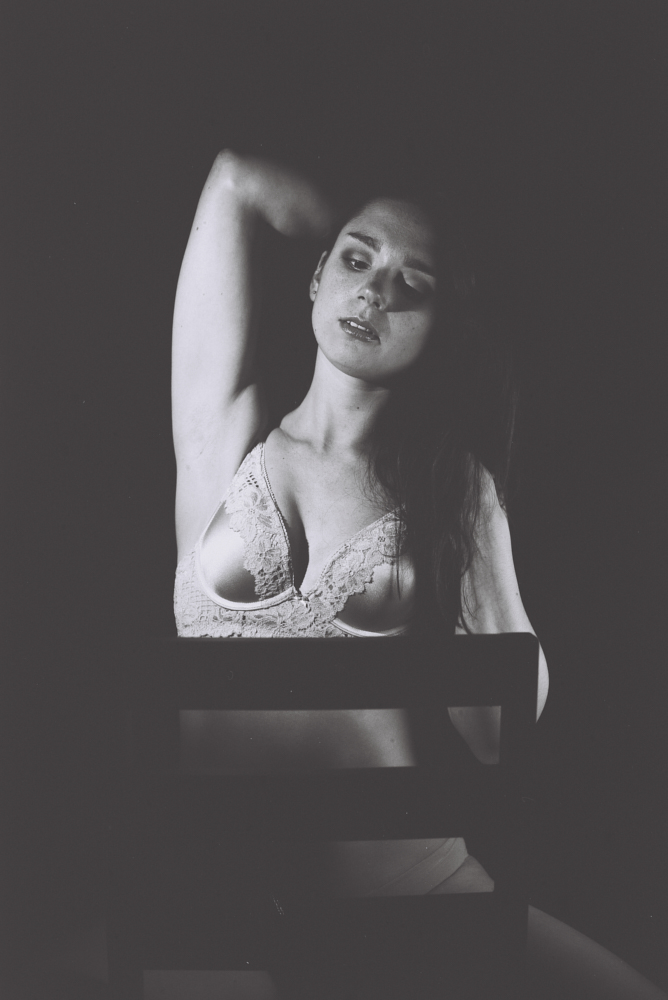Last Updated on 11/11/2021 by Chris Gampat
Years ago, Lomography introduced Lomography Earl Grey 100 black and white film and added yet another entry into a market looking for more 100 ISO black and white films. There are a few from Ilford, none from Kodak except for T-Max, one from Fujifilm and a few other manufacturers producing them. But slower ISO black and white films aren’t really spoken of except for Acros. Black and white ISO 100 films are great for studio and portraiture work but in many cases have the versatility to deliver great results when pushed.
Lomography’s Earl Grey 100 used to be an older emulsion of Kodak T-Max 100. But that’s changed over the years. It’s now a Fomapan emulsion. But in the end, who cares? All that matters is the results.
Gear Used
Lomography Earl Grey 100 black and white was tested with the Pentax 67, Leica CL and the Fujifilm GW690 III.
Tech Specs
Specs taken from Lomography’s listing page. Lomography kindly developed all film for this blog post.
Details
Capture high-resolution romantic scenes using Earl Grey 100 35mm. This film produces deep blacks, bright whites and soft shades of grey even under low-light conditions. Grab this film for outstanding black-and-white photos!
Technical Specifications
- For use with 35mm cameras
- ISO 100
- B/W film
Additional Information
| SKU | f136bw3 |
| Brand | Lomography |
| Development | Black and White Negative Processing |
| Film Type | B&W |
| ISO | 100 |
| Exposures | 36 |
| Pack Size | 3 |
| Categories | Films, Film Bestsellers, Lomography Film, Lomography 35mm Film, 35mm Film , 35mm Black and White, Black & White Film, 35mm Black & White, Film Photography Day, 15% OFF on Lomography films, The Legendary World of the LCA, Little Treats, Festive Film Deal |
Ease of Use
Lomography Earl Grey 100 black and white film thankfully works sort of like a negative black and white film vs being a more chromogenic black and white film. For that reason, photographers who considering using it shouldn’t really be afraid of pushing or pulling their entire rolls. The more you push the roll, the more contrasty the appearance will be. Lots of photographers love the contrasty black and white film look. In fact, I’d load some of it into Lomography’s simple use cameras which will rate it at ISO 400 and just have fun. But the more light you give it at a specific setting, the less contrasty the film will be. Due to this nature of Lomography Earl Grey 100, portrait photographers may want to rate it at ISO 100 and street photographers will prefer it at ISO 400. The film already has a fair amount of grain, but still ends up looking great.
When using this film with a flash, you’ll get some of its true sharpness. Providing that you’ve got very sharp lenses on your camera, you’ll see how incredibly sharp this film is. But otherwise, you’ll get something a bit more soft though this surely isn’t the softest film I’ve seen.
Some of this review was done with expired Lomography Earl Grey 100kept in the freezer until I was ready to use it. The film still looks and performs great when it’s expired providing it’s well taken care of.
Comparison vs Other Black and White Films
Speaking from a tonality standpoint, Lomography Earl Grey 100 sort of looks like the old Kodak 400 BW CN. Let me show you what I mean with this film and many others.
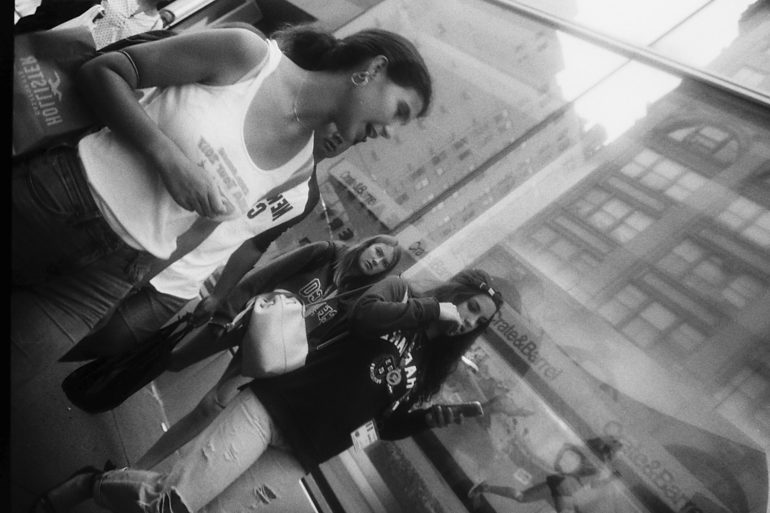

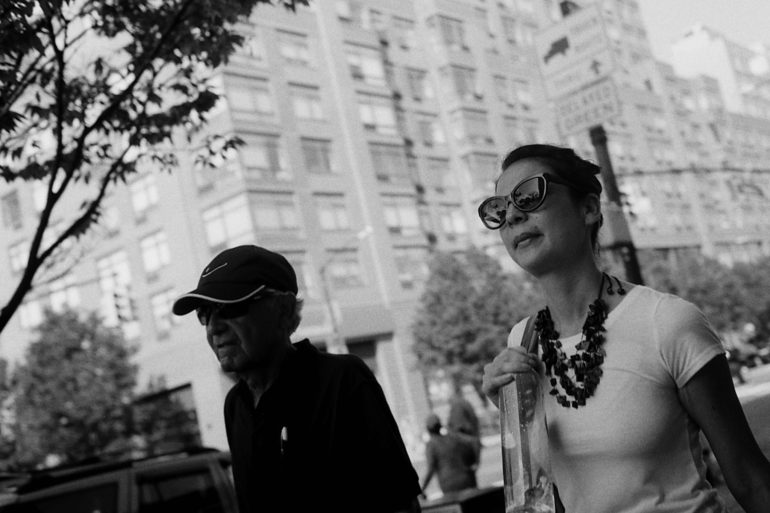



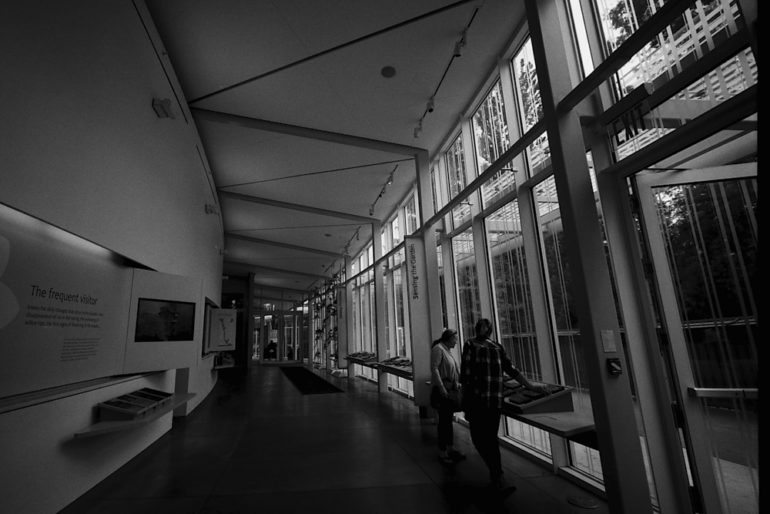
Granted the old Kodak Films and Fujifilm’s emulsions are arguably sharper. But for me, that still doesn’t rule out what Lomography Earl Grey 100 is capable of doing.
Sample Images
Pentax 67
Leica CL
Fujifilm GW690 III
Conclusions
I genuinely like Lomography Earl Grey 100 black and white film. However, I’m more torn on whether I like it for street or portraiture more. Personally I’m leaning more towards portraiture. I consider Lomography Earl Grey 100 black and white film to be a great, in the middle film that can deliver a pretty cinematic look due to its tones. Think Citizen Kane, the movie and you’ll see what I mean.


